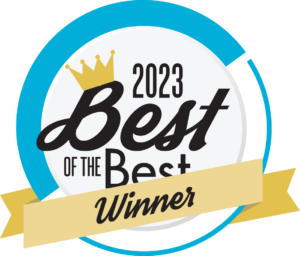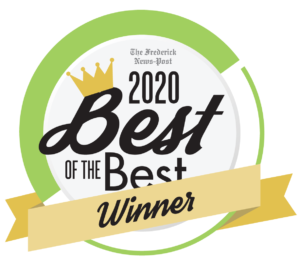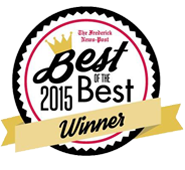June 13, 2025 in Roofing, Tips
5 Benefits of Professional Roof Inspection Services
When you want to make sure something is in good condition, you have to give it a good inspection. That’s why we schedule regular visits to various medical professionals, after all. It’s why we take our cars in for routine servicing every six months or so. The list goes on, so it shouldn’t come as a surprise that a roof is no exception. If you want to get the most out of it and help it last as long as possible, it’s a good idea to utilize roof inspection services.
These inspections are meant to evaluate the condition of your roof, catch budding problems, and offer solutions. Unfortunately, most people only hire roofing contractors when a problem becomes big enough to cause significant concern. But you’re not “most people,” are you? You want to do your due diligence and give your roof the TLC it deserves. Read on for all the advantages such an approach offers.
Early Detection of Roof Damage
Perhaps the most obvious purpose of roof inspection services is to catch small issues and address them before they turn into big, nasty problems that cost lots of money. Roof inspection companies, like ours, use their expertise to detect these signs of damage, such as:
- Minor leaks that haven’t reached the occupied spaces in your home just yet
- Cracked shingles and flashing
- Weak spots that could give out under the pressure of heavy rain or snow
These issues in their early stages are no threat, but like a persistent cough that goes unchecked, they could become something costly and even dangerous if left alone for too long. Better to give us a call and make sure everything is in order!
Extended Roof Lifespan
Longevity is a big factor for any roof. While every roof is designed with that factor in mind, its true potential can only be realized with proper maintenance. Services from roof inspection companies such as PJ’s Roofing can help extend that lifespan. Our experts will let you know of any maintenance needs specific to the material your roof is made of—asphalt, slate, shingles, and so on. In addition, we’ll provide sound recommendations for preventative care so you can minimize wear and tear on your roof.
While some preventative maintenance is easily carried out by the homeowner, some tasks should be left to the pros. Take the treatment of algae, moss, and debris; in many cases, these things require professional care to be fully removed from your roof.
Roof Inspection for Insurance Claims
We’ve heard way too many stories about storm damaged rooftops causing homeowners dearly in repair costs. Oftentimes, this is due to the damage not being covered by insurance. Why, though? Well, if an insurance company doesn’t receive proof of the roof’s condition prior to the storm, they can’t be certain of what truly happened or when. You know where we’re going with this …
It’s a great idea to get a roof inspection for insurance purposes! Say your home falls victim to such an incident and a tree falls on your roof in the midst of a strong storm. If you took recent advantage of roof inspection services, it would be difficult to deny that the storm was the culprit. Services from roof inspection companies will provide:
- Documentation on the pre-storm state of your roof
- Evidence that will help you support your insurance claim
- A timeline relating to the storm and the damage it caused to your roof
In short, a roof inspection could be the difference between a claim denial and a fully covered roof repair!
Improved Energy Efficiency
Your roof plays a huge role in the insulation and ventilation of your entire home. When a professional performs an inspection, they can uncover hard-to-spot issues like:
- Poor ventilation in the attic, which leads to heat buildup
- Damage to insulation, causing uneven temperature in the home
- Holes and cracks that allow air-conditioned indoor air to escape
Addressing these concerns can go a long way towards keeping energy costs down.
Peace of Mind
You’re familiar with the feeling of leaving a routine checkup with a clean bill of health from your doctor. You can have the same peace of mind about your home when you take advantage of roof inspection services. The knowledge that your roof is in good condition will help you rest a bit easier at night. You know every small issue has been addressed, so you don’t have to live in fear of that nagging possibility of a major roofing issue. That feeling is priceless—especially during the harsh winter months and the spring/summer storm season.
Roof Inspection Services You Can Count On
A professional roof inspection is a great way to detect damage, but there’s a lot more to it than that! It can help you prove insurance claims, reduce costs, extend the roof’s lifespan, and simply put your mind at ease. You take care of yourself with regular doctor visits. Why not take care of your roof by getting in touch with PJ’s Roofing? We’re always happy to provide an inspection!





















